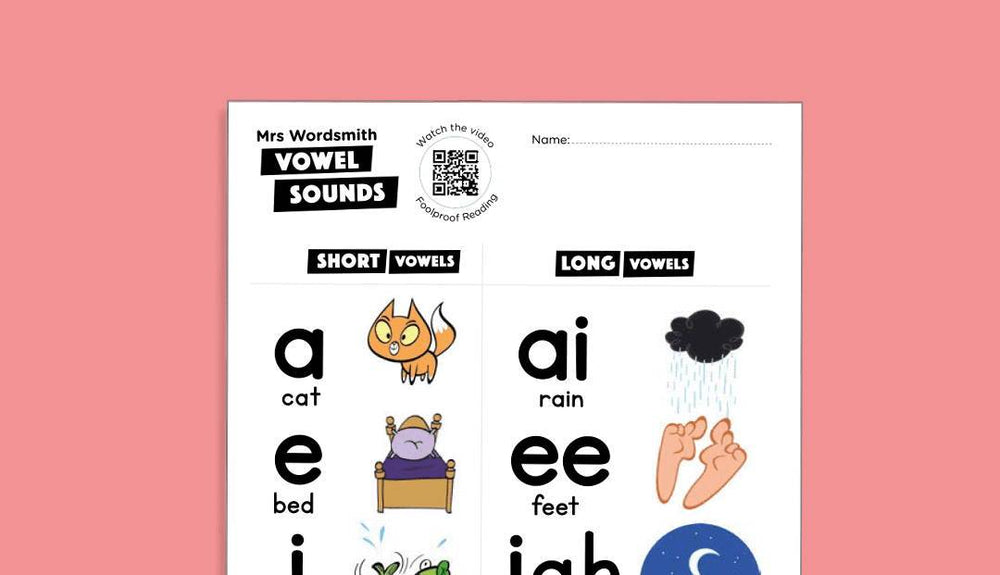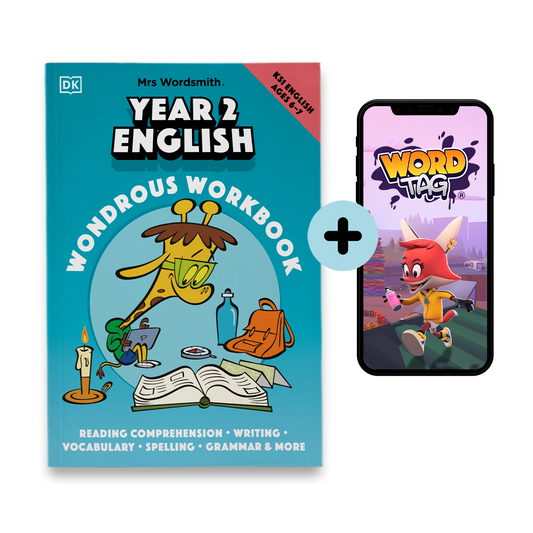Phonics instruction is recommended for beginner readers. While different schools take varying approaches to teaching phonics for kids as they learn to read, in the UK phonics instruction follows a strict sequence of phases during Pre-K, Kindergarten, Grade 1, and Grade 2.
| Year | Phase | Goal |
| Pre-K | 1 |
Build phonemic awareness (awareness of sounds) Learn and distinguish different kinds of sounds (e.g. environmental, instrumental) Develop listening, vocabulary, and speaking skills Learn oral segmenting and blending of CVC words (e.g. cat, mat, mop, pot) |
| Kindergarten | 2 | Learn the first 19 phonemes (single letter, most common) Read and spell some short VC and CVC words Begin learning high frequency sight words from Dolch and/or Fry lists (e.g. a, the, an, can, is, of, you, he, and I) |
| 3 | Learn the remaining 25 phonemes Introduce digraphs and more complex graphemes Read and spell CVC words (e.g. cup, log) Continue learning grade-appropriate sight words Gain confidence with all 44 phonemes |
|
| 4 | Read and spell CVCC words (e.g. back) Read and spell high frequency words Read and write sentences Confidently read and write alphabet letters Learn more sight words, including have, like, some, little |
|
| Grade 1 | 5 | Master Fry 100/Dolch Pre-K, K, Grade 1 Learn alternative spellings for known phonemes Learn alternative pronunciations for known graphemes Gain comfort with reading unfamiliar words |
| Grade 2 | 6 | Use phonics to read and spell with confidence Increased writing production |



































 https://mrswordsmith.com
https://mrswordsmith.com
Comment
Leave a comment